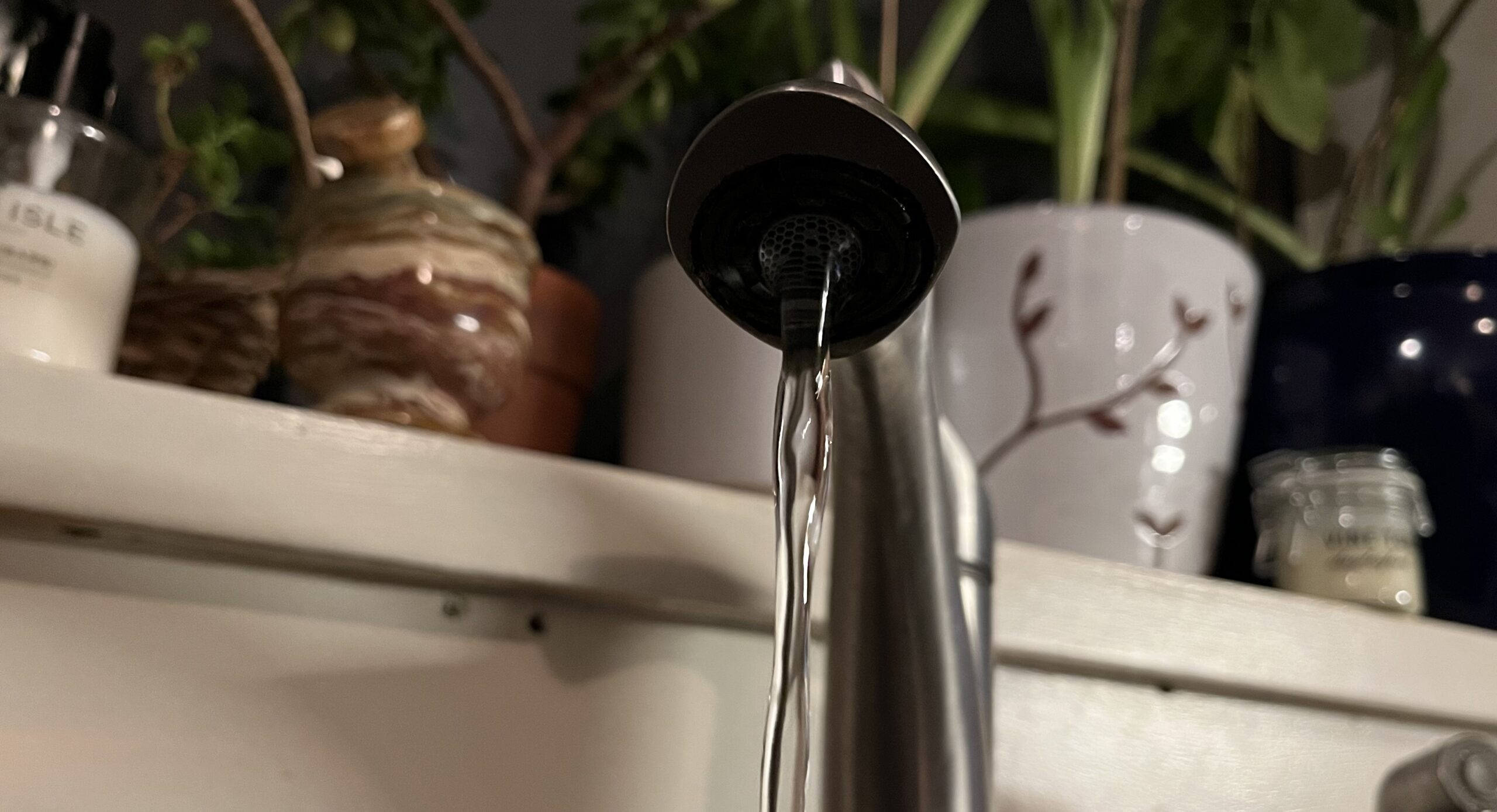
Do not drink or cook with St. Croix tap water from municipal pipes, officials warned Monday.
While cistern water was fine, municipal water in parts of St. Croix contained elevated levels of lead and copper and should not be consumed before pipes are properly flushed, said officials from the Water and Power Authority.
Water from more than half of the 66 pipes tested by WAPA had raised levels of the metals.
While most of the community drinks and bathes in unaffected cistern water, people who drink WAPA water, especially those in Estate Diamond, Colquohoun, Mon Bijou, and the Castle Burke Community, should run their water for three to five minutes first. This would likely flush out contaminants in the line, WAPA officials said.
But it remained unclear for how long this flushing would be effective.
Hot water from the tap would likely contain higher levels of lead than cold because the dangerous metal dissolves more readily at higher temperatures. Officials warned against consuming hot water from the faucet — especially if used for baby formula.
St. Croix residents, including a restaurant owner using WAPA water, said Monday afternoon they had not heard the warning against drinking the water and were concerned.
The issue may be linked to stagnant water running through older pipes, the authority said but warned further investigation was needed to be sure.
Shanell Petersen, WAPA’s communications director, said resampling was already underway.
“Simultaneously we’ve reinstated an aggressive flushing program for the most impacted areas. As we gain more information on the source and have gained the results from the resampling, we’ll be updating the public in collaboration with the Office of the Governor, VITEMA, Department of Health, and other federal and local agencies,” Petersen said.
Last week, researchers from WAPA, the Environmental Protection Agency, the Department of Natural Resources, and the University of the Virgin Islands tested discolored water plaguing St. Croix for months.
Petersen said EPA test results revealed the water was “above action level for lead and copper.”
Since 1991, the EPA has required water providers to inform the public if their water exceeds 1.3 parts-per-million of copper or 15 parts-per-billion of lead. Petersen did not answer requests for how many parts-per-million or parts-per-billion of copper and lead were in St. Croix’s municipal water. She also didn’t answer when the last time St. Croix’s water had been tested in this manner.
Sen. Angel Bolques Jr. said he was gravely concerned about the elevated lead and copper levels, citing a “significant public health concern” to people drinking or bathing in the contaminated water.
“Elevated levels of lead in drinking water can lead to lead poisoning, which can cause developmental delays, learning difficulties, and behavioral problems, particularly in children,” the St. John senator said in a media release. “Showering with water containing lead and copper can lead to the inhalation of these contaminants, potentially affecting respiratory health.”
Drinking water with high levels of copper can lead to gastrointestinal problems, liver damage, and even the rare genetic disorder Wilson’s disease.
Richard Motta, a spokesperson for Gov. Albert Bryan Jr., said data was still being collected and tested, and pipe replacement was underway.
“There is a pretty large scale project going on to address the piping,” Motta said. “This is a work in progress. It’s obviously something we’re concerned about.”
The presence of lead pipes isn’t a new revelation. In December 2021, Congressional Delegate Stacey Plaskett announced nearly $32 million in funding to replace lead pipes via President Joe Biden’s Bipartisan Infrastructure Investment and Jobs Act.
But in addressing the discolored water in September, WAPA CEO Andrew Smith said replacing nearly 200 miles of 60-year-old pipes could take 20 years or more.
The reddish-brown water issue caused Sen. Samuel Carrión to ask Gov. Bryan to declare a state of emergency. No such declaration has been made and as of press time Monday night, the governor had not spoken on the lead and copper in St. Croix’s tap water.
DPNR did not respond to requests for comment on the Department’s role in testing or regulating the St. Croix water. The EPA acknowledged similar requests but did not respond with answers before press time.


